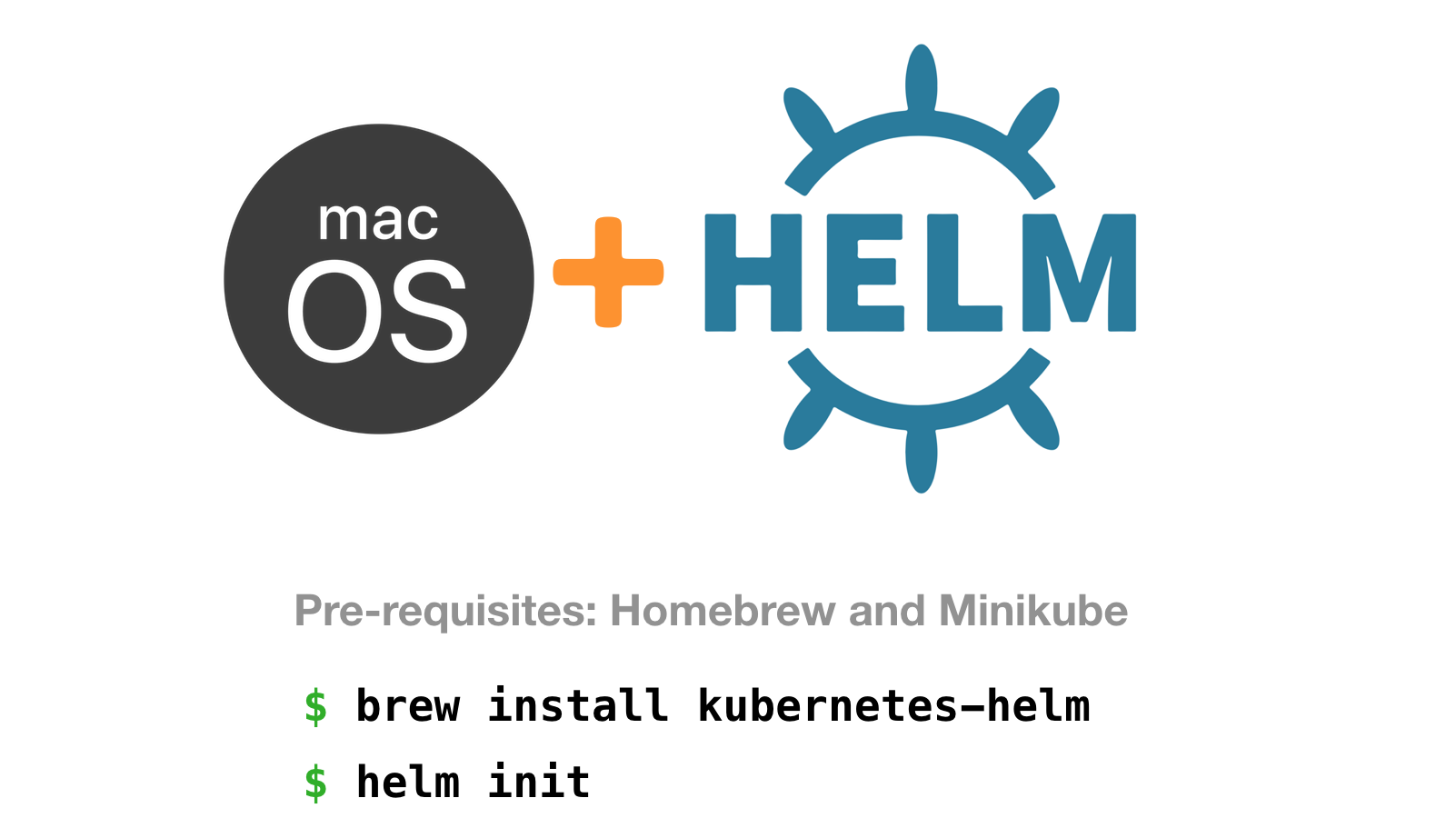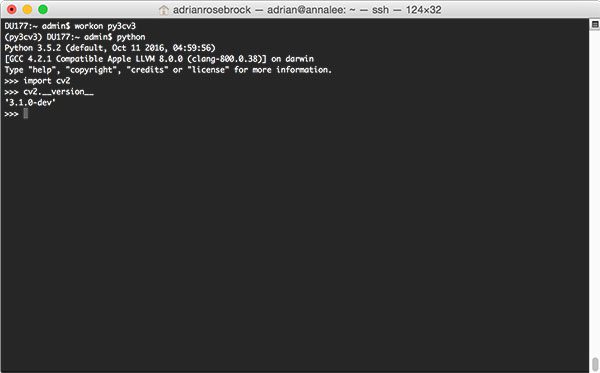

- #Homebrew for mac os x sierra install
- #Homebrew for mac os x sierra software
- #Homebrew for mac os x sierra code
- #Homebrew for mac os x sierra password
There are rver command available under /usr/local/bin directory, which is used to manage MySQL service. Type '\c' to clear the current input statement. Other names may be trademarks of their respective Oracle is a registered trademark of Oracle Corporation and/or itsĪffiliates.

Commands end with or \g.Ĭopyright (c) 2000, 2018, Oracle and/or its affiliates. Now, Connect to MySQL server using the command: mysql -u root -p You can use above file to customize your MySQL server. The main confiugration file is created at: Configuration file: /usr/local/etc/my.cnf The binary files are installed under /usr/local/bin directory and all the MySQL related files are created under “/usr/local/var/mysql” directory. MySQL server has been installed on your system.
#Homebrew for mac os x sierra password
mysqladmin -u root password 'newpassword' Use the following command to set a new password. Now you just need to configure things so that your MySQL server is auto-started brew services start mysqlĪlso, you have to set a strong password for the MySQL root account. Wait for the installation process finish.
#Homebrew for mac os x sierra install
Start a terminal and run command to install MySQL: brew install mysql Here is the Homebrew installation tutorialĪt this time of writing this tutorial, Homebrew has MySQL 5.7.21 version in its main repository.
#Homebrew for mac os x sierra software
Homebrew: Homebrew is a popular package management tools used for installing most open source software like Node.Terminal: You must have Mac Terminal access and little knowledge about working with the terminal application.Step 1 – Prerequisitesīefore starting the installation of MySQL using this tutorial you must have the following prerequisites This tutorial helps you to install MySQL database server on macOS Sierra 10.12 and High Sierra 10.13 and other supported versions using Homebrew. MySQL is the widely used database server in the world.
#Homebrew for mac os x sierra code
The filesystems repository contains source code for several exciting and useful file systems for you to browse, compile, and build upon, such as sshfs, procfs, AccessibilityFS, GrabFS, LoopbackFS, SpotlightFS, and YouTubeFS.MySQL is a relational database management system. If you prefer another language (say, Python or Java), you should be able to create file systems in those languages after you install the relevant language bindings yourself. It comes with C-based and Objective-C-based SDKs. The FUSE for macOS software consists of a kernel extension and various user space libraries and tools. Therefore, many existing FUSE file systems become readily usable on macOS.

It provides multiple APIs, one of which is a superset of the FUSE API (file system in user space) that originated on Linux. In more technical terms, FUSE implements a mechanism that makes it possible to implement a fully functional file system in a user-space program on macOS. Since FUSE file systems are regular applications (as opposed to kernel extensions), you have just as much flexibility and choice in programming tools, debuggers, and libraries as you have if you were developing standard macOS applications. Writing a file system using FUSE is orders of magnitude easier and quicker than the traditional approach of writing in-kernel file systems. The content of these file systems can come from anywhere: from the local disk, from across the network, from memory, or any other combination of sources. Legacy MacFUSE file systems are supported through the optional MacFUSE compatibility layer.Īs a developer, you can use the FUSE SDK to write numerous types of new file systems as regular user space programs.

FeaturesĪs a user, installing the FUSE for macOS software package will let you use any third-party FUSE file system. It is a successor to MacFUSE, which has been used as a software building block by dozens of products, but is no longer being maintained. Website by Rémi Prévost, Mike McQuaid and Danielle Lalonde.įUSE for macOS allows you to extend macOS's native file handling capabilities via third-party file systems.


 0 kommentar(er)
0 kommentar(er)
